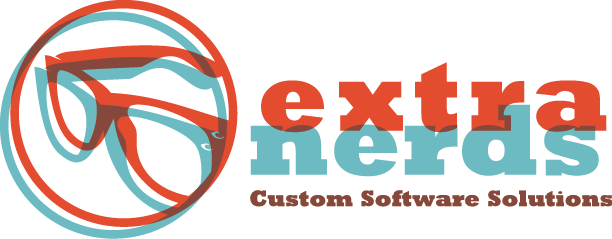Creating Custom Web Applications
In the first installment in this series, we just showed the basics in order to provide an informational foundation on Microsoft’s Entity Framework. Since that post was some time ago, let's review and also talk about why .NET and Entity Framework is ideal for creating custom web applications.
If you’re a business owner who aims to use the power of IT to grow your firm, you always want to find tools that can help you to achieve the best results. To that end, let’s talk about .NET and Entity Frameworks, some of the best technologies which are ideal for the creation of custom web applications. It is surprising that there are IT directors who still do not use these tools despite the fantastic value that they hold. In fact, you will be baffled at how quickly you can use them to overcome some of the challenges that have been hindering the growth of your organization.
Entity Framework explained
Commonly referred to as EF, Entity Framework is an incredibly useful object relationship mapper that enables .NET developers to work on data through the use of domain specific objects. The primary goal of EF is to make it easy for developers to focus more on the domain of the business as opposed to the writing of database plumbing codes. These connections include things such as data tables, commands, datasets, and links. By doing this, an IT technician will find it easier to overcome most of the challenges associated with this job.
How it actually works
For many years, web developers used other options such as ADO.NET to create utility libraries. Although this was successful, some found it difficult to pull vital data from the database without having to write data access codes that were both repetitive and confusing. With time, the entire process became boring to most experts and so they had to look for alternatives. The fact that EF is the preferred data access layer for Microsoft means that working with it can flawlessly move a project forward so it can easily get rid of the repetitive procedures.
Installing and using Entity Framework
To use EF, you will have to, of course, install it first. The best part is that even with the fantastic benefits that it brings, installing it is quite an easy process. Although there are other ways of installing it, the most effective one is to download and install it from Nuget. It is as easy as right-clicking on the preferences in your project and following the prompts. Once you find the Nuget packages, everything else will be simple. An alternative of doing this is using a package manager console. You can then go ahead to create a model of an existing database depending on the particular project that you want to work on ad how you want to do it. We reviewed this process in depth in our first installation when discussing how to get started.
Undeniably, .NET and Entity Framework are technologies that are really worth the investment. Regardless of the nature of your business, there is no doubt that success will come much easier once you have these technologies in place. To discuss your next potential project, and how to use technology to increase your profits while reducing your daily workload, just contact Extra Nerds today. And stop back next week when we discuss how to create a data access layer using Entity Framework.

